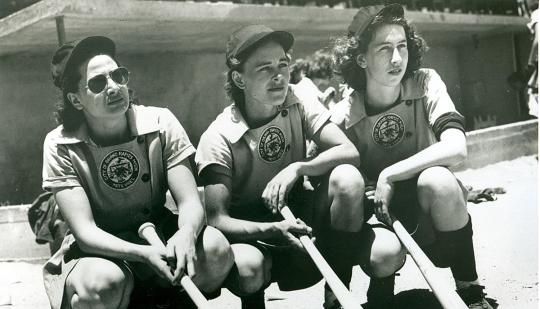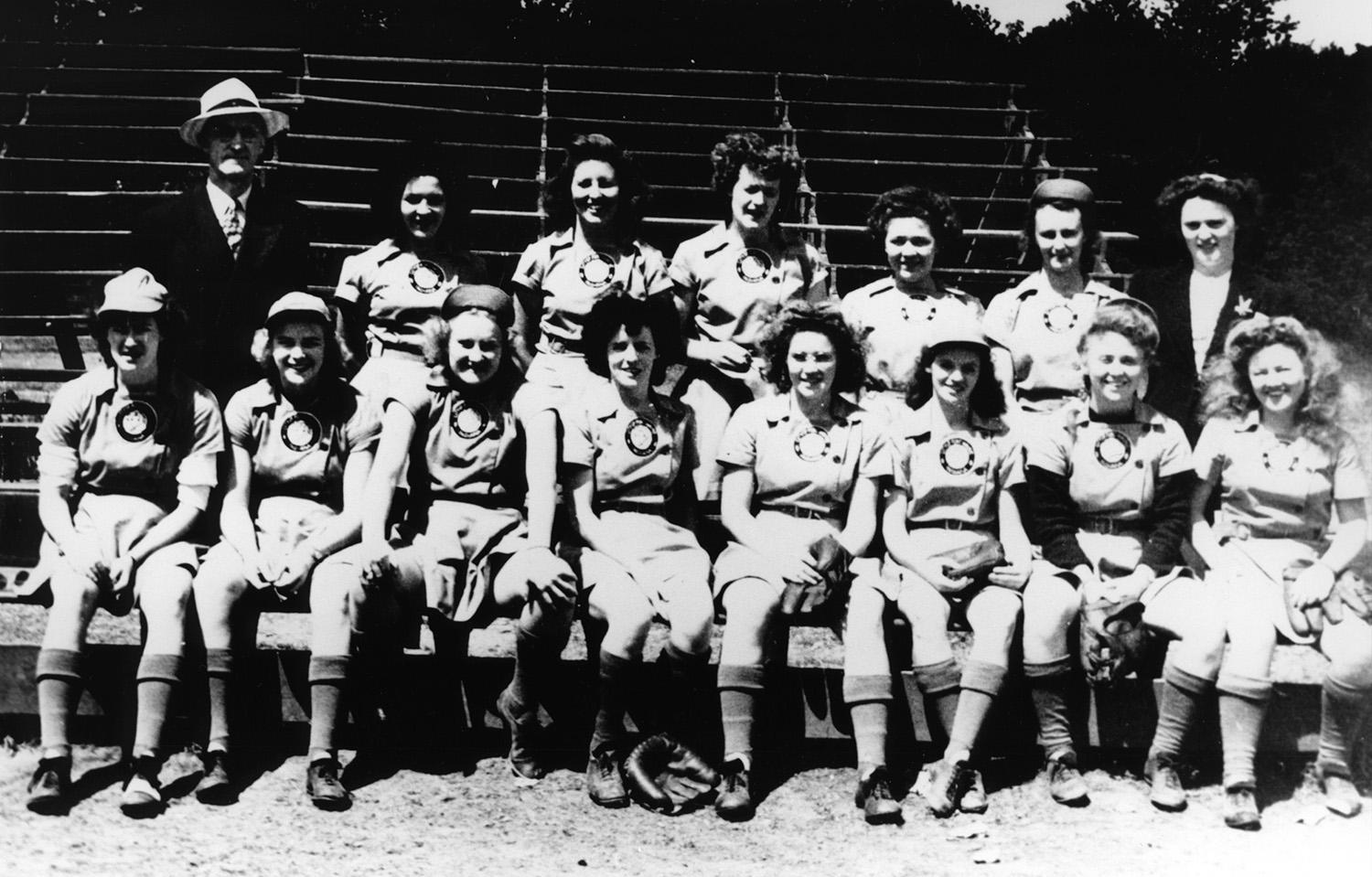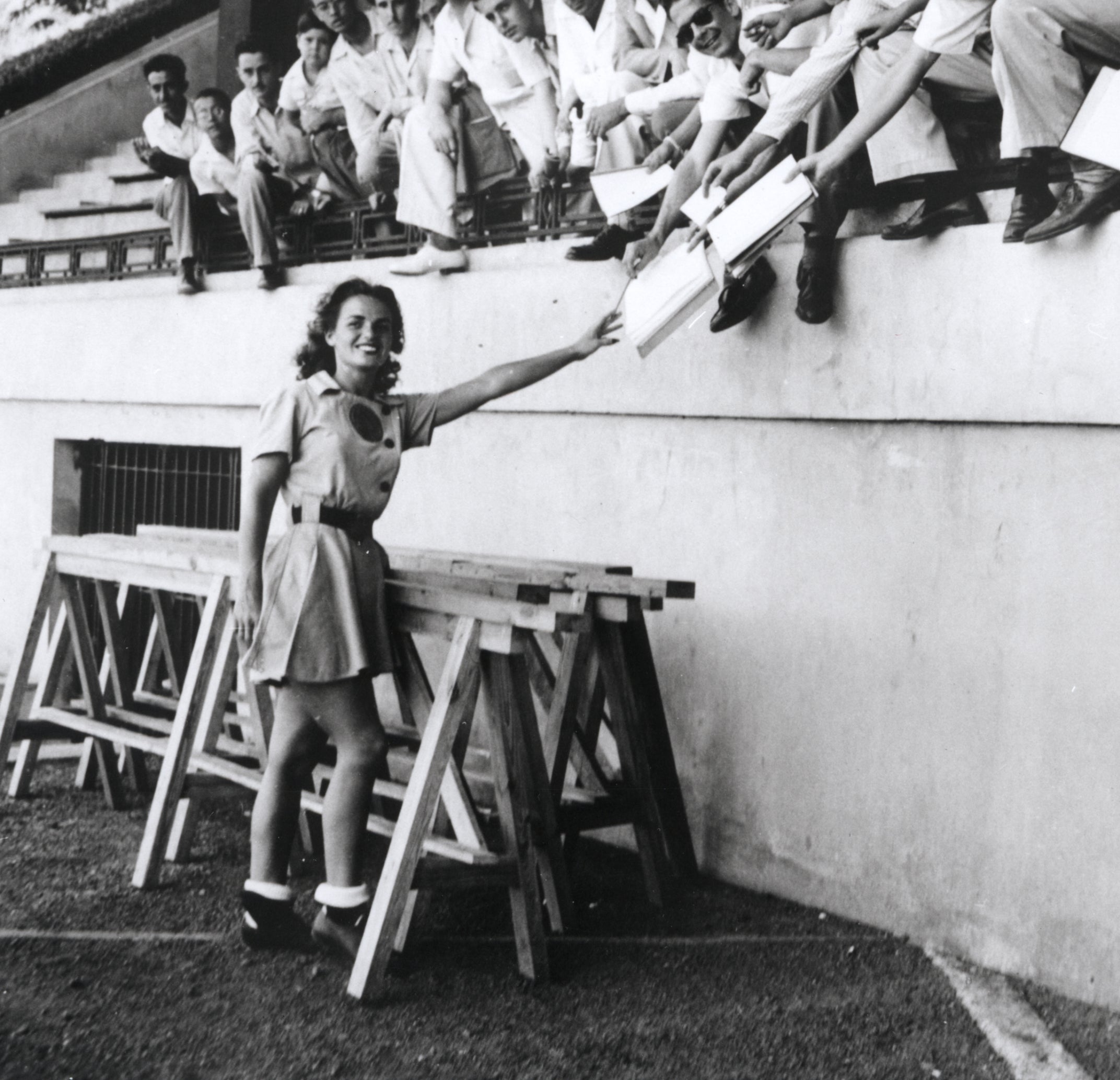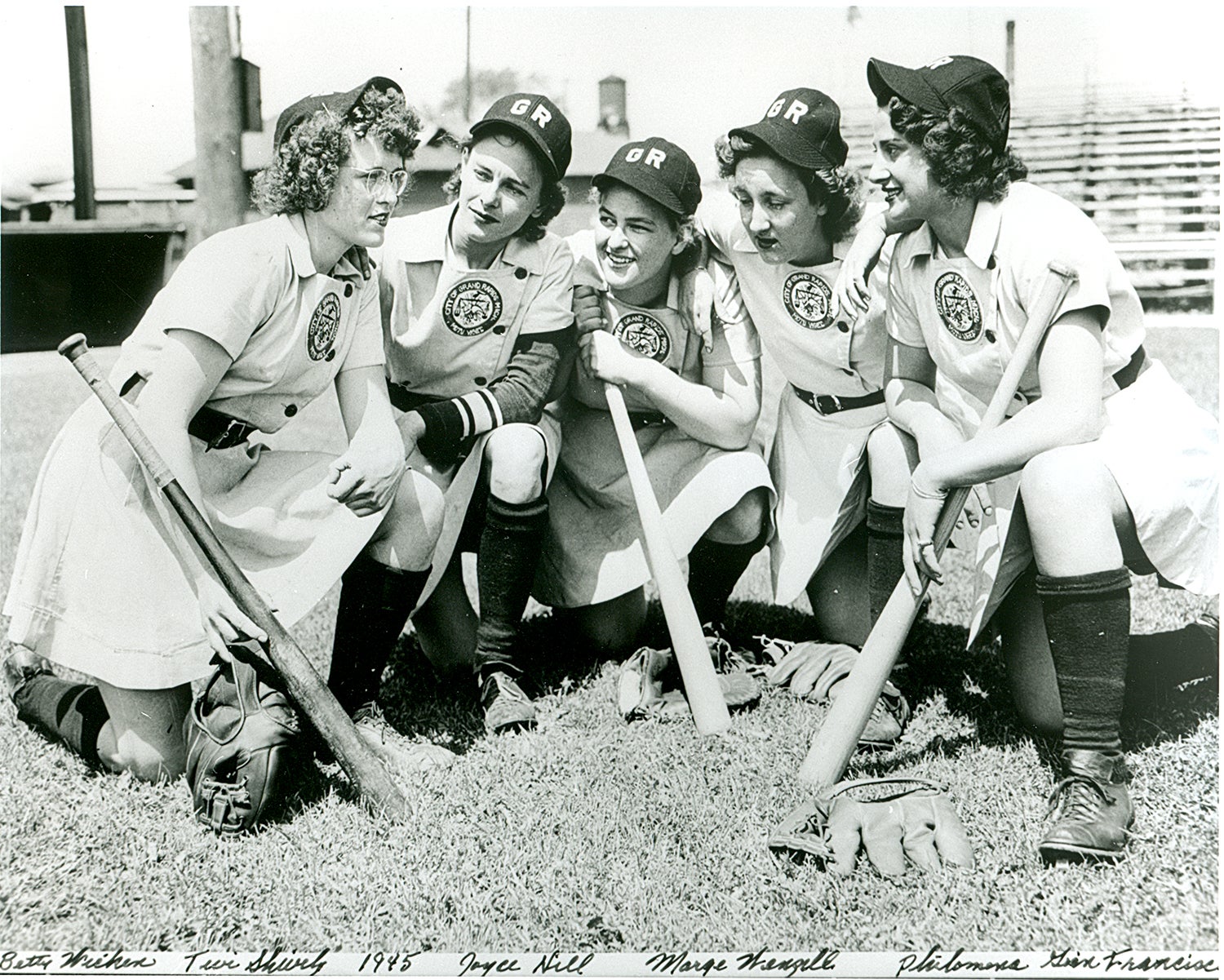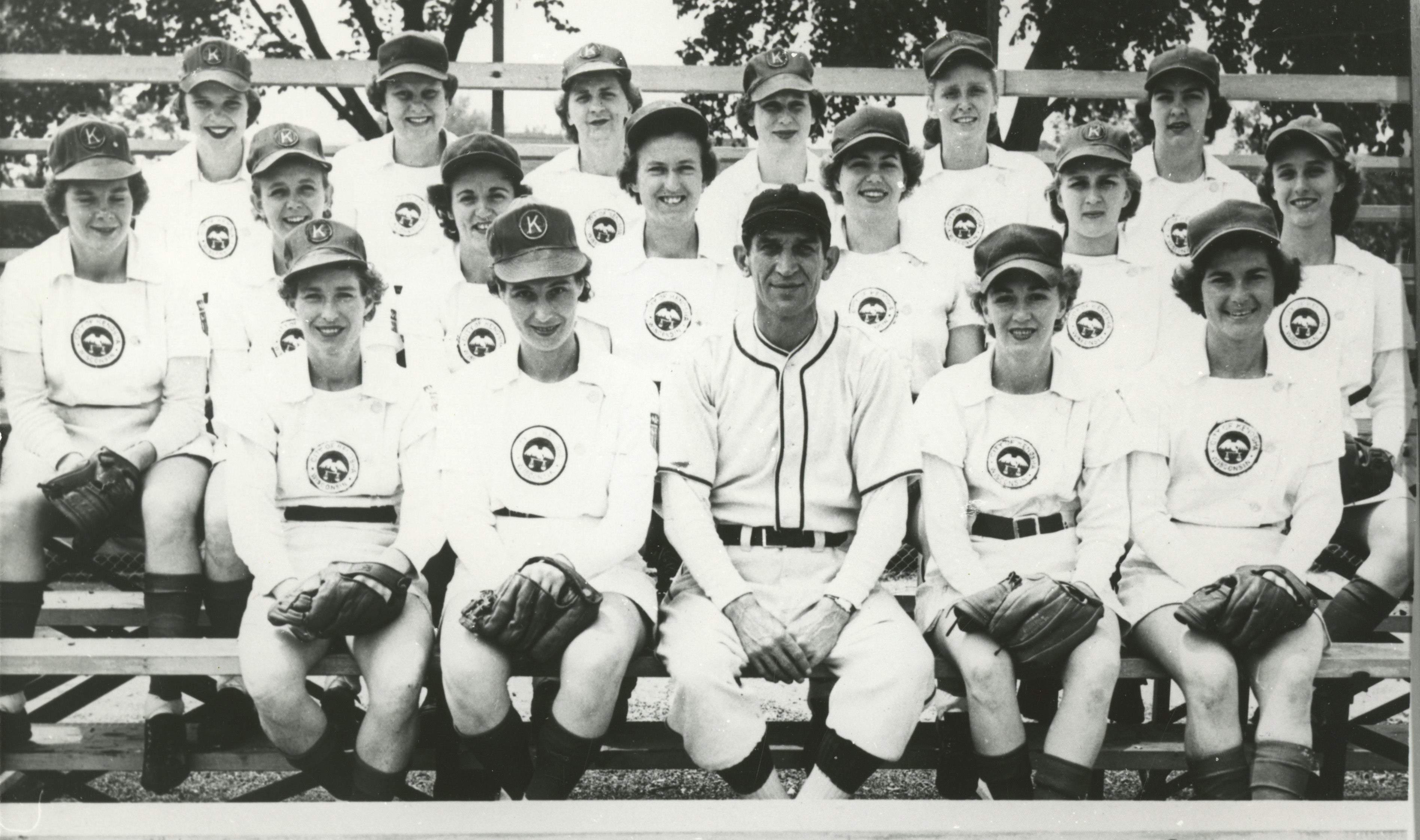#Shortstops: Jimmy Dugan had it all wrong
Hall of Fame Membership
There is no simpler, and more essential, way to demonstrate your support than to sign on as a Museum Member.
She threw 40 complete games that season.
To put this in perspective, Los Angeles Dodgers pitcher Clayton Kershaw, one of the top hurlers in today’s game, pitched 232.2 innings in 2015, throwing four complete games.
Vivian Kellogg, a first basewoman for the Fort Wayne Daisies, also shared a story of one AAGPBL game where her teammate, Audrey Haine, had struggled with walking batters. Manager Bill Wambsganss – he of the World Series triple play in 1920 – visited the mound and said, “You put them on base, you can get them out.” Rather than remove her from the game, he let her find a way out of the jam herself.
Haine came back to pitch the next inning, according to Kellogg.
Had Jimmy Dugan known all of this, maybe he would have thought twice about his famous line.
Troy Farkas is the 2016 multimedia intern in the Frank and Peggy Steele Internship Program at the National Baseball Hall of Fame and Museum



